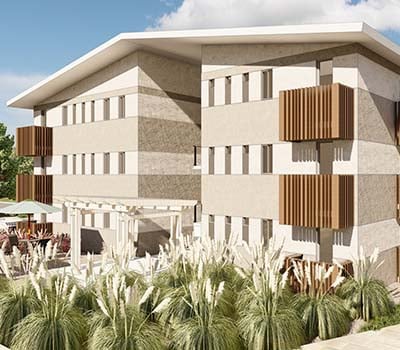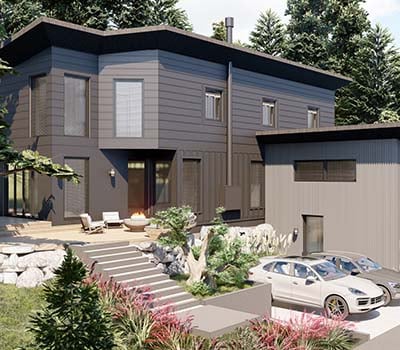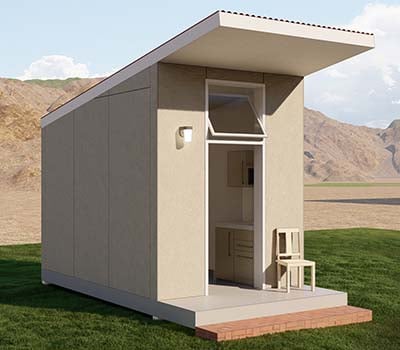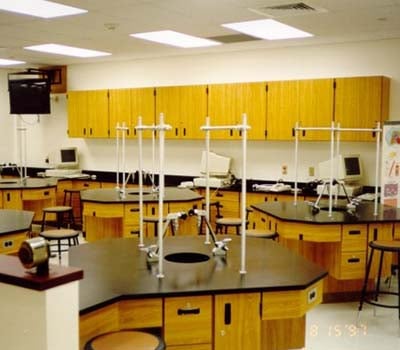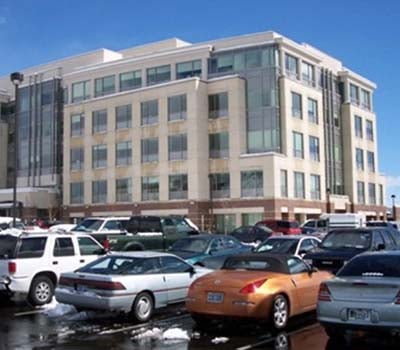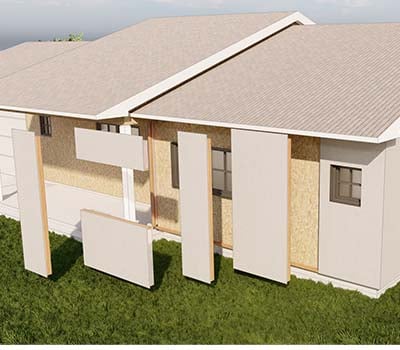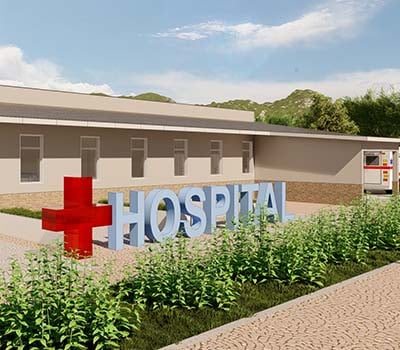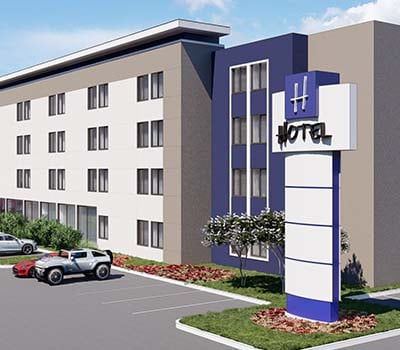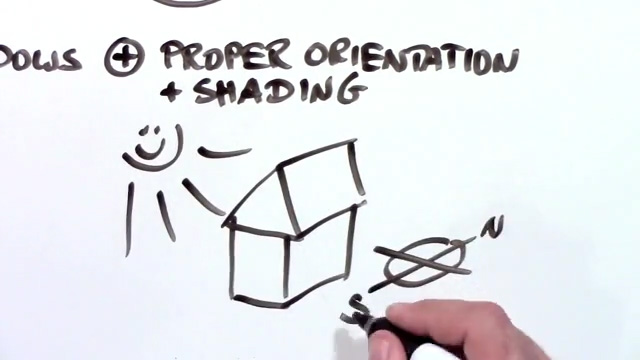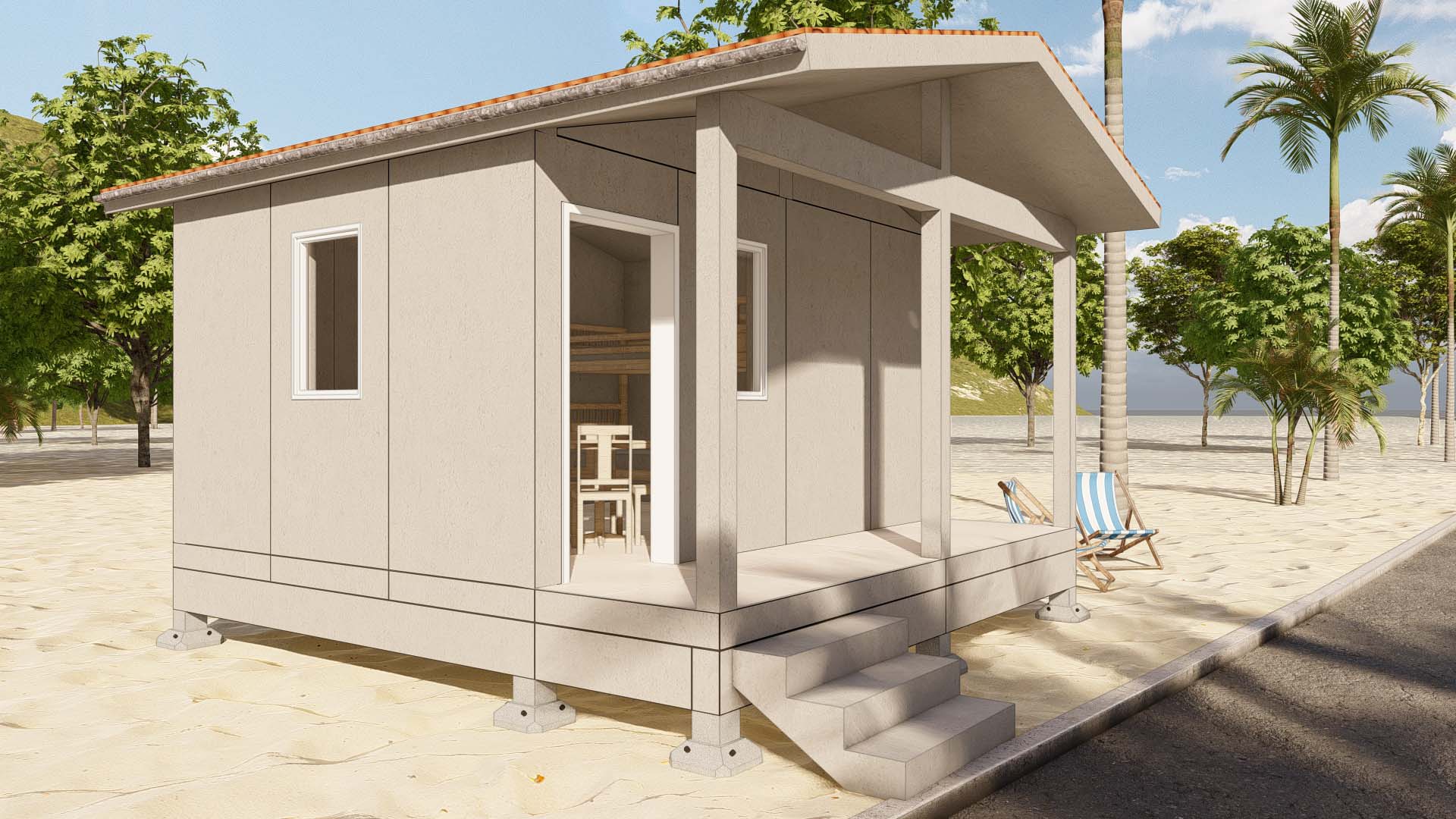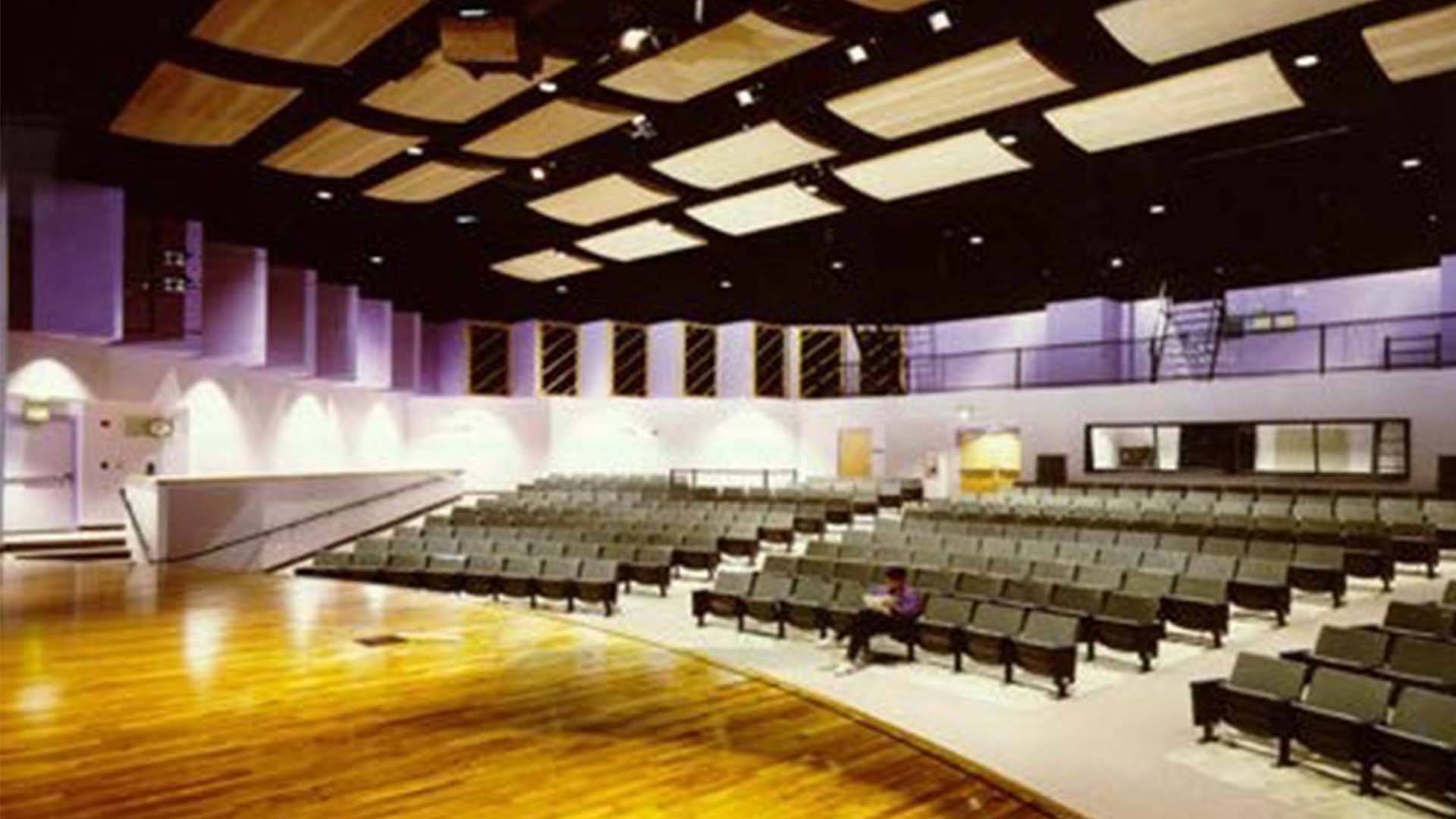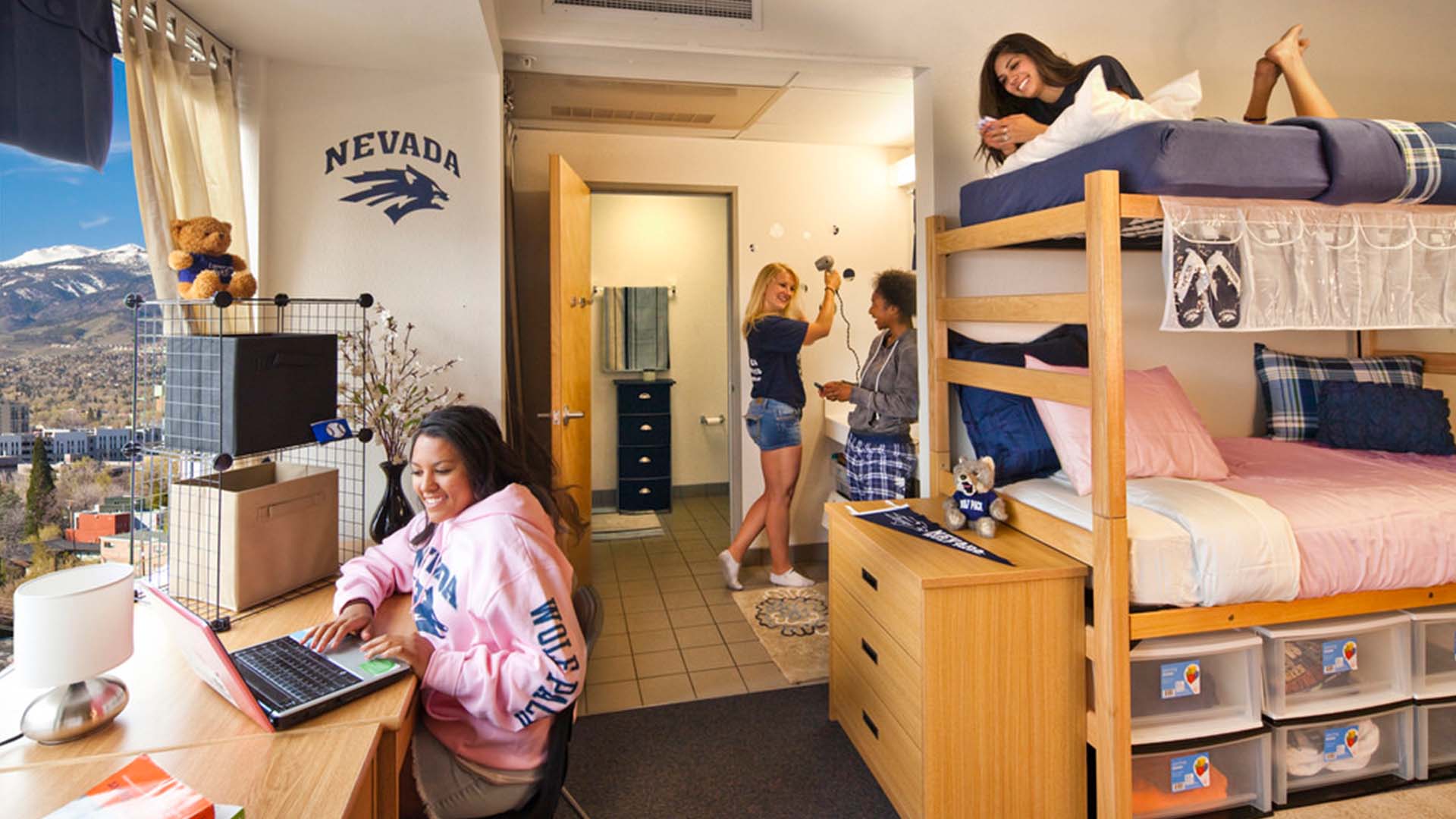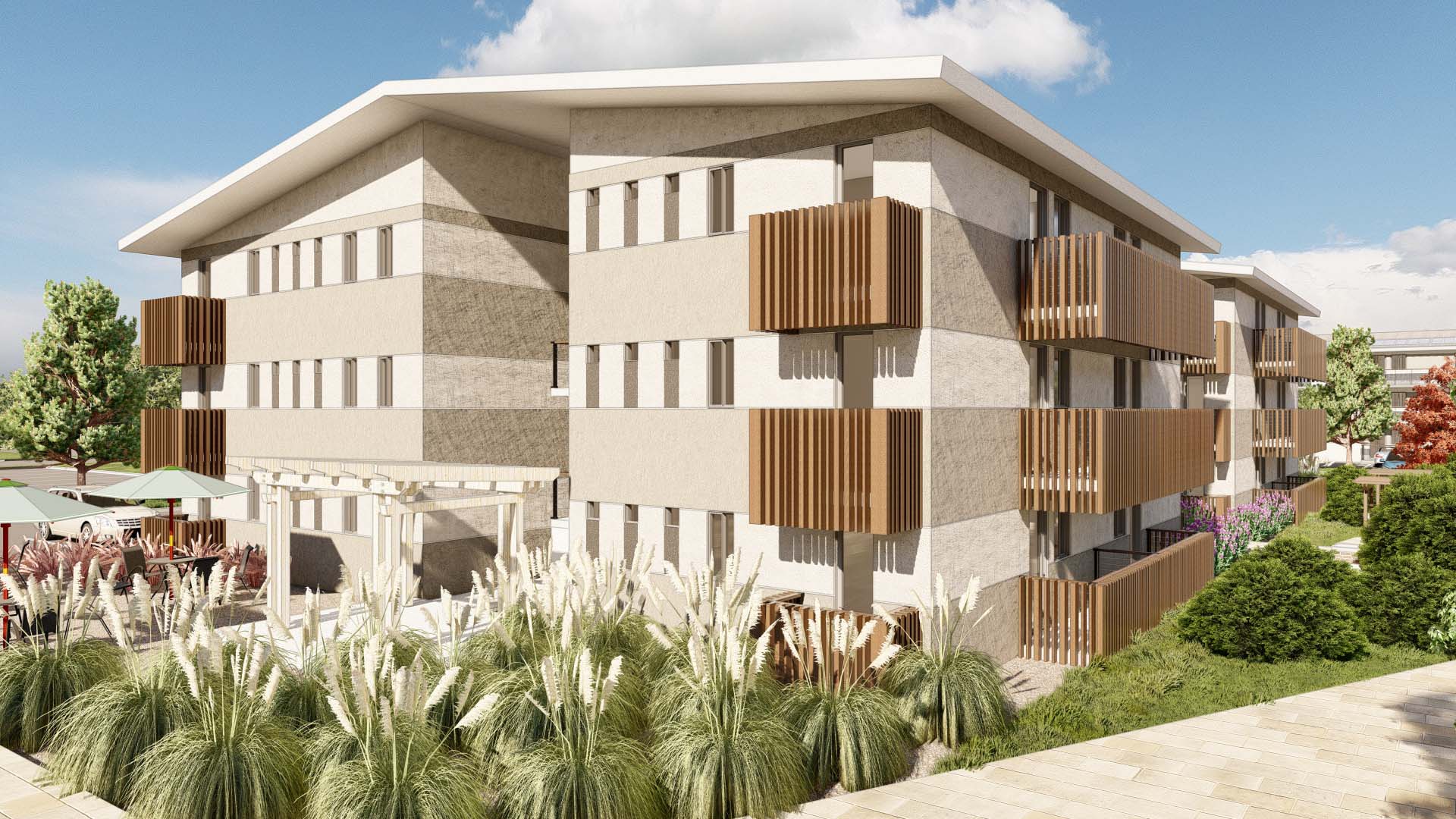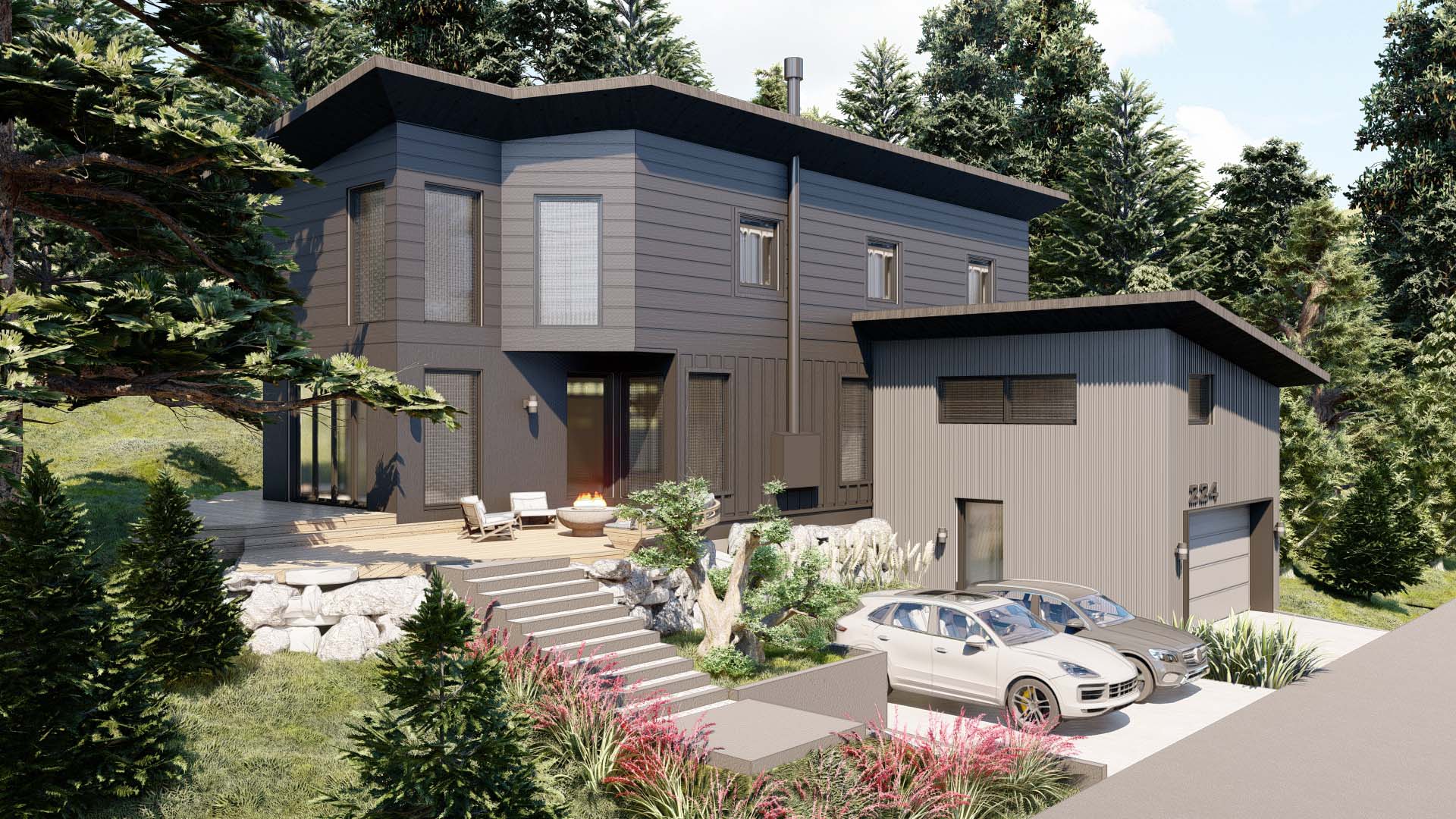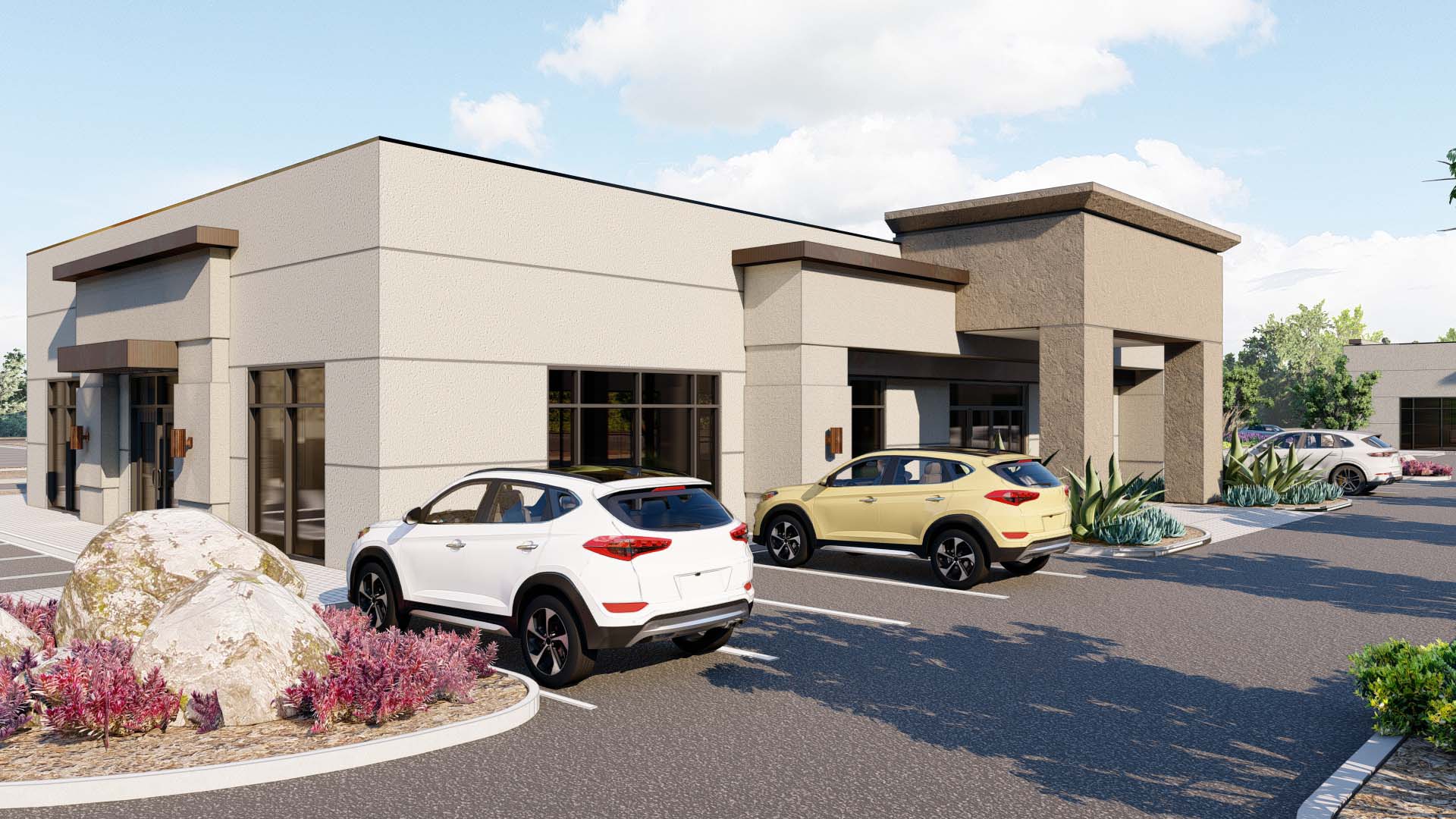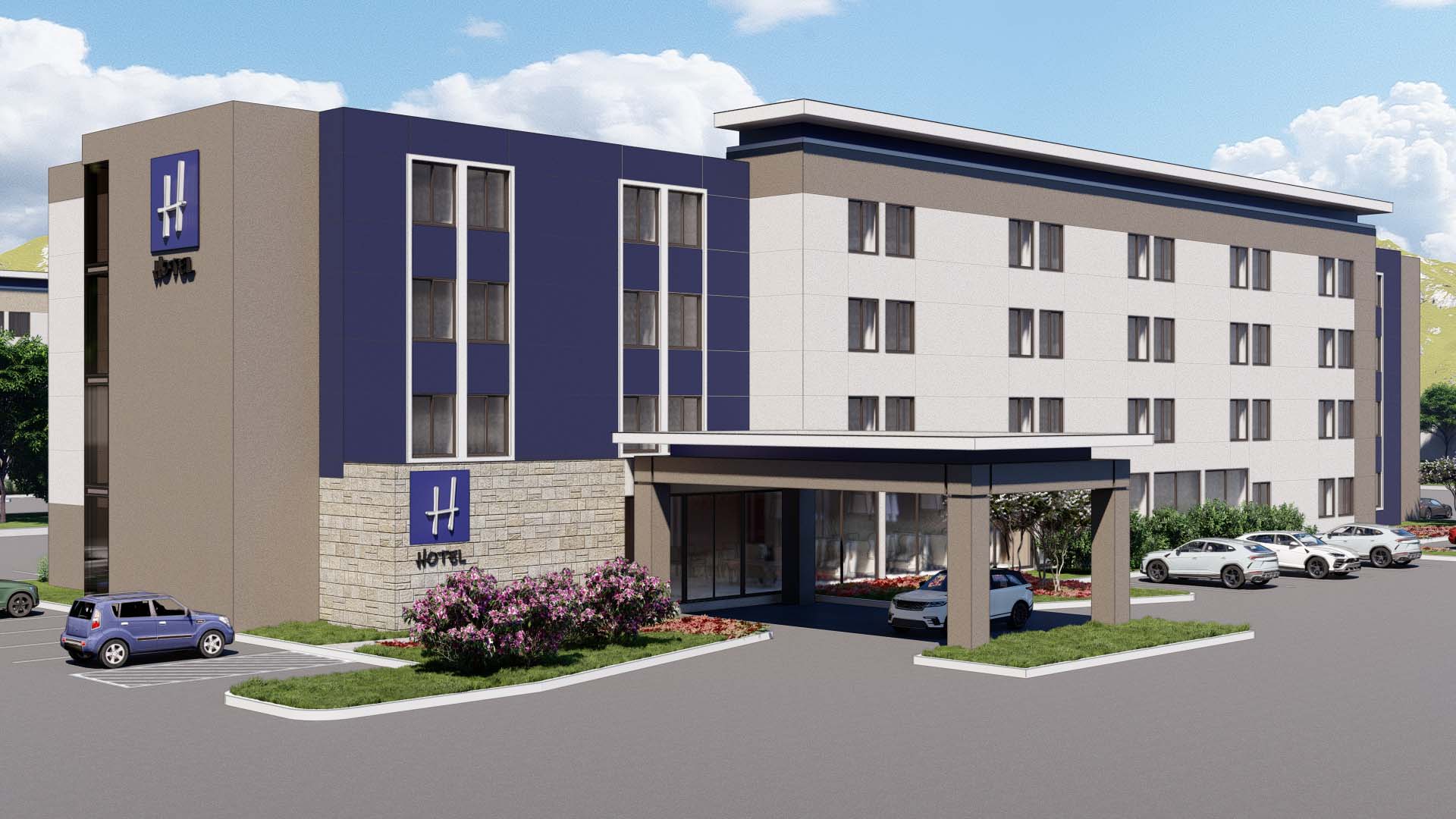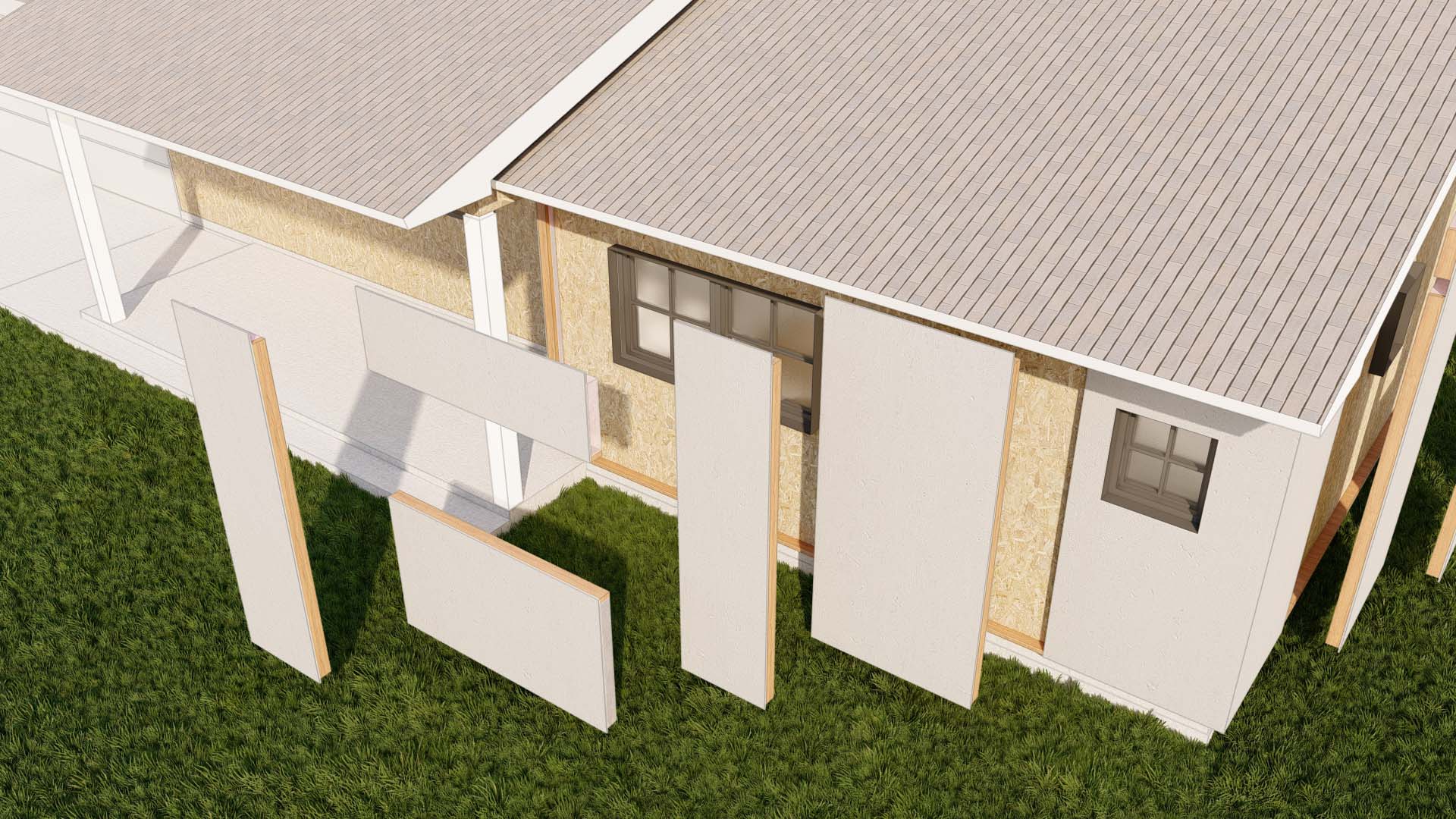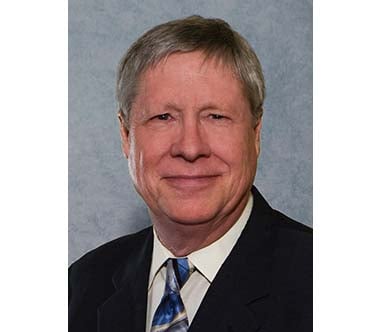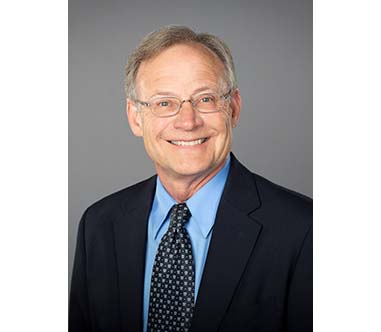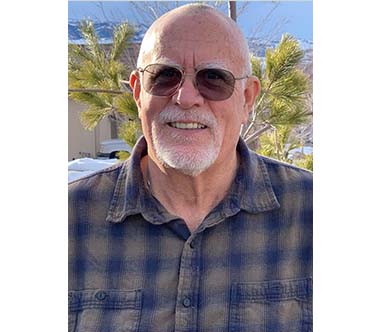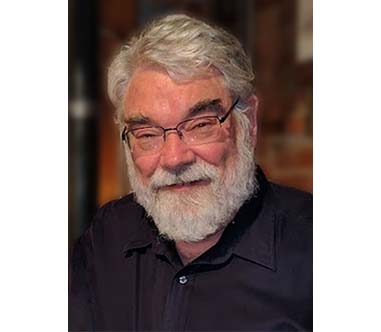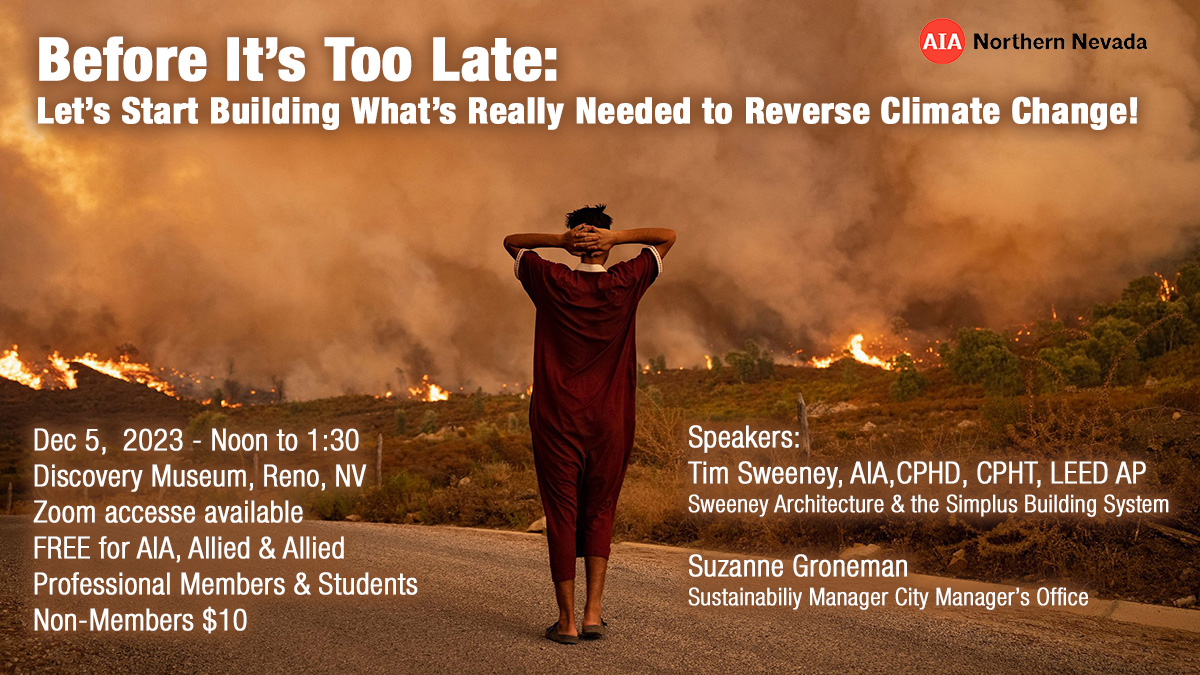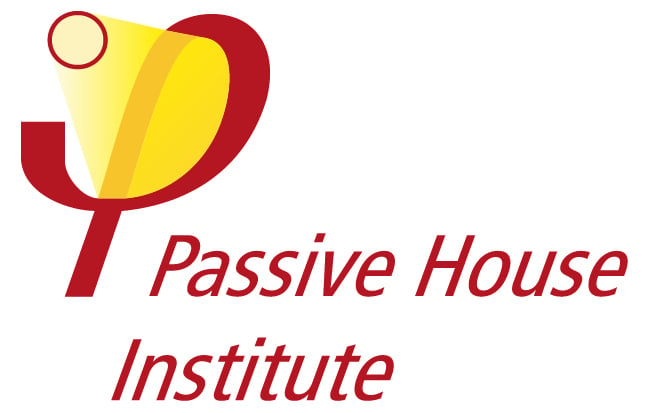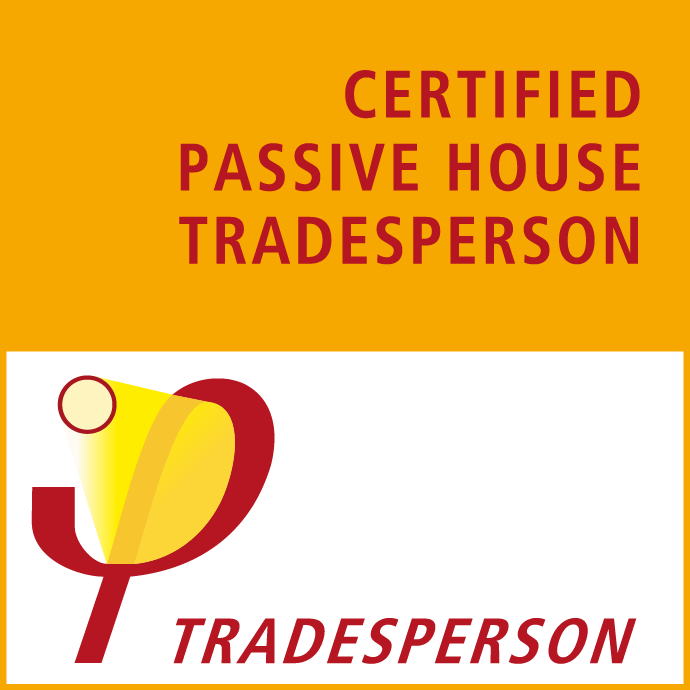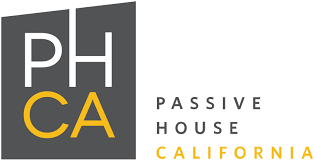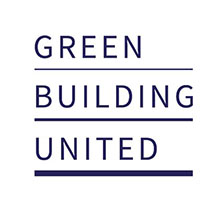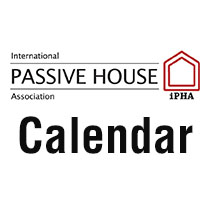This course gives an overview of how buildings generate nearly 40% of the Greenhouse Gases (GHGs) produced every day in the U.S. and how Climate Change is an existential threat. It shows the critical need for more sustainable building solutions and how Architects can design to help reverse Climate Change. It also raises the questions: If we know better, then why are we still designing so unsustainably? Isn't that irresponsible, both to the client and to the environment?
Building to Benefit the Planet
Sweeney Architecture
Saving the Environment with Reliable and Sustainable Building Systems

2024 IMPEL Innovator and Entrepreneurial Participant
MULTI-FAMILY
From duplex to high-rise- housing solutions for individuals, families, neighborhoods, and communities.
Learn More
SINGLE FAMILY
Net Zero Ready, Net Zero, and even better homes that leverage the advantages of Passive House and Panelization technologies. Learn More
AFFORDABLE, HOMELESS, TINY, & SMALL
Sustainable housing solutions for the un-housed, disaster-relief, refugees, and living with a smaller carbon footprint. Learn More
EDUCATIONAL
More effective Learning Environments created from the more effective Design Down Planning Process and the Simplus Building System. Learn More
STUDENT HOUSING
Optimizing Learning achievements and Living communities with more effective, efficient, supportive, and sustainable design & construction. Learn MoreCOMMERCIAL/INDUSTRIAL
The Simplus Building System allows the highest levels of economy, speed, strength, health, comfort, enjoyment, and work efficiency. Learn More
ENERGY RETROFIT
The Simplus Retrofit System™ lets building owners quickly & affordably give their buildings new life via greater energy efficiency & comfort. Learn More
DISASTER RELIEF
Fast, safe, comfortable, simple, easy, and affordable panelized solutions for those who would otherwise have inadequate shelter. Learn More
HOTEL
Quiet, economical, durable, clean, healthy, fast, flexible, and affordable accommodations with or without corporate branding. Learn More
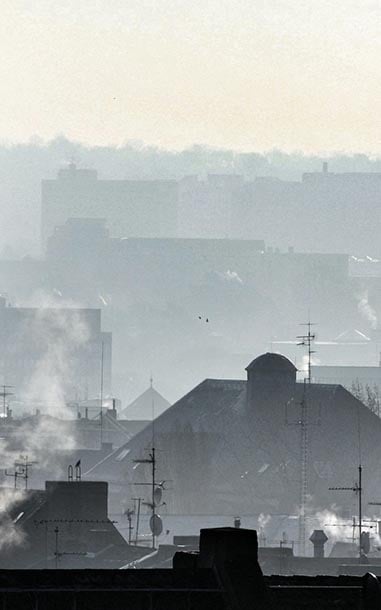
Buildings are responsible for 39% of Carbon Emissions.
The energy used to make buildings (11%) combined with the energy used to condition the interiors of buildings (28%) are responsible for nearly 40% of annual U.S. greenhouse gas emissions that contribute to climate change. Using fossil fuels to obtain the raw materials, processing them, selling and shipping them, assembling them into buildings, and running furnaces and air conditioners in thermally inefficient buildings is a never-ending cycle of consumption, pollution, and waste.
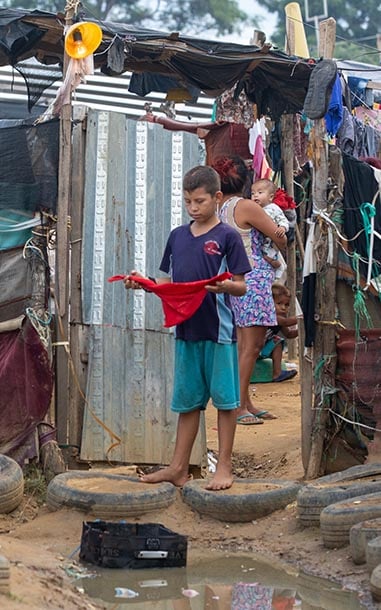
Climate changes has caused a world-wide housing crisis.
Climate Change is increasing the frequency and severity of hurricanes, flooding, fires, and droughts. Displaced homeowners and refugees from natural disasters, war, and poverty need quick, affordable, and sustainable housing. The need to break the cycle of pollution and waste by switching to energy efficient housing and shelters has never been more urgent, and the Simplus Building System™ provides the most beneficial and appropriate solutions.

Inefficient buildings have a global impact.
Energy leaks from buildings have a greater cost than the comfort of the building's residents or high energy bills. Climate Change caused by greenhouse gas emissions is drastically affecting the entire world, from melting ice caps to extreme weather events, droughts, flooding, food scarcity, and species extinctions. To save the environment we need the most sustainable building systems available.
Traditional Construction = Wasteful, Harmful, & Expensive Impacts
Annual Carbon Emissions from Buildings.
Annual CO2 Emissions from Average Home
Annual Energy Wasted from Average Home
Higher Construction Costs
Passive Design + Panels = Simplus Building System = Real Savings
Lower Annual Carbon Emissions
Annual Energy Savings for the Average Home
Faster Construction
Savings on Labor Costs
Traditional Construction = Wasteful, Harmful, & Expensive Impacts
39%
Annual Carbon Emiisions from Buildings.
26,000 lbs.
Annual CO2 Emissions from Average Home
$5,300
Annual Energy Wasted from Average Home
59%
Higher Construction Costs
Passive Design + Panels = Simplus Building System = Real Savings
90%
Lower Annual Carbon Emissions
90-95%
Annual Energy Savings for the Average Home
Up to 55%
Faster Construction
Up to 41%
Savings on Labor Costs
Cost and Environmental Impacts of Traditional Construction
Advantages of Passive Buildings with Panelized MgO Construction
Building to Benefit the Planet
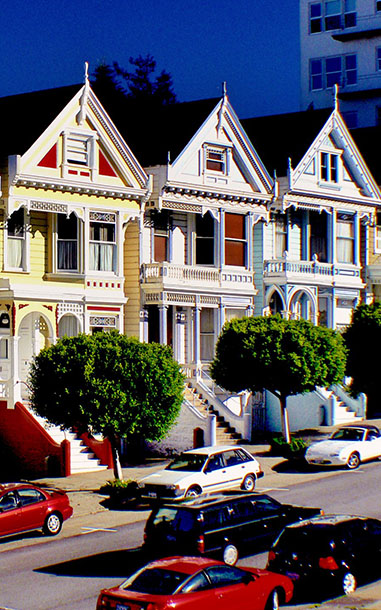
Construction and leakage are responsible for 39% of annual C02 emissions.
Build up to 55% faster and with a 41% reduction in labor costs by using MgO panels instead of traditional stick-framed construction. Passive House Design can eliminate up to 90% of energy waste and provide a 90% annual reduction of carbon emissions per building while making buildings healthier and more comfortable.
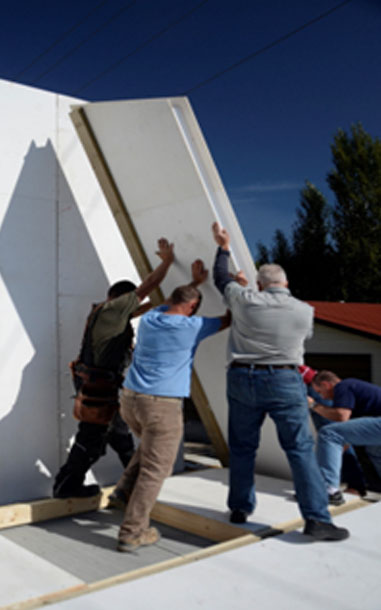
Solutions that are affordable, quick and sustainable.
Small dwellings, temporary shelters, and emergency buildings made from MgO panels are fast and easy to assemble, efficient to move and transport, cost effective, and have mush smaller carbon footprints, helping to save the environment. Larger buildings and entire communities using the Simplus Building System provide much more Sustainable solutions with less cost and time than conventional systems.
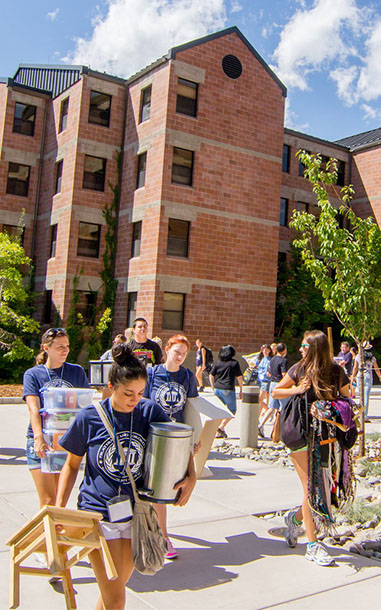
MgO panels and Passive House-based designs can be used in all situations.
Panelized, Passive House designed buildings are the most practical, fast, affordable, and sustainable solution to any building need and can be built in any climate for any building type and use.
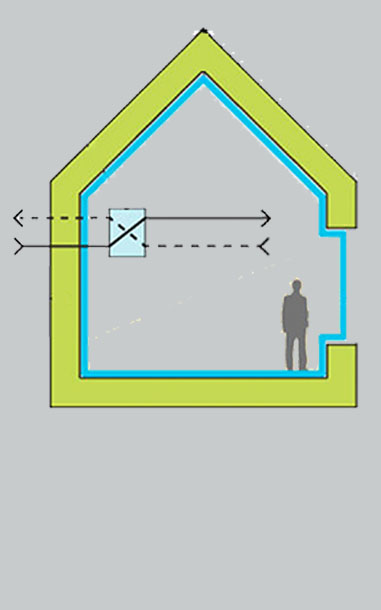
Slash energy costs by as much as 90%
Buildings using passive house design techniques need to have exceptionally high levels of insulation, especially around windows and doors. The building is an airtight envelope free of thermal bridges with highly efficient heat and energy recovery systems. Any building, from a single-family home to multifamily apartments, high rise buildings, schools and industrial buildings can passive. A certified passive house design and construction team is essential for effective Passive House buildings.
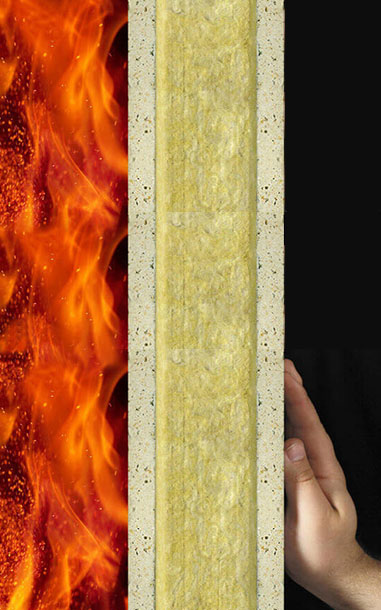
Extremely durable & environmentally friendly preconstructed panels
Constructed offsite, MgO panels for foundations, walls, floors, roofs, and decks, are faster to assemble, easier to install and more durable, resulting in 55% faster construction time and up to 41% savings in labor costs. The panels are perfect for passive houses and are fire resistant, water resistant, bug and mold free, fungus resistant, asbestos free, impact resistant and energy efficient. All panels are recyclable, landfill friendly and use less energy to make.
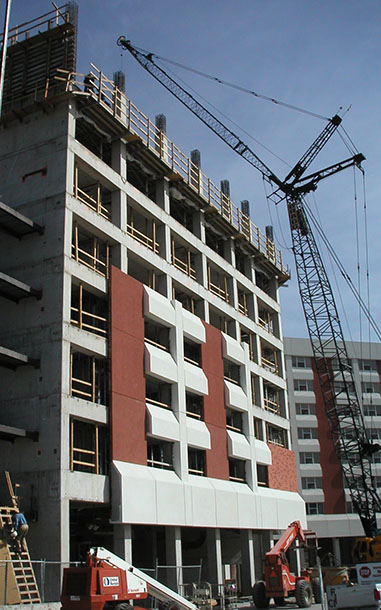
Passive House Designs + Panelized Construction maximizes Sustainability.
MgO preconstructed panels are easy to ship and quick to assemble while providing the perfect material for air-tight, energy efficient passive homes. The MgO panels provide high insulation; they can be used in any climate; accurate fittings and joints produce an air-tight enclosure; factory designed fabrication means less waste; resulting in a building that uses less energy and emits less carbon, helping to save the environment.
The Simplus Building System™ is a unique combination of Passive House™ and MgO (Magnesium Oxide) prefabricated Structural Insulated Panel (SIP) technologies that bring incomparable benefits and sustainability. Every building and every occupant can benefit from using this advanced, but simple, fast, and affordable system.
%204-Splines%20Green%20Bkgnd%20%26%20Lines%20Emphd.jpg)
MgO (Magnesium Oxide) Panels
- Prefabricated: Replaces slow, error-prone, and wasteful site-assembled conventional building systems with fast, accurate, affordable, pre-engineered, and ready-to-install structural insulated panels (SIPs).
- Fire Resistant: Naturally 1-hour fire-resistive without adding moisture-sensitive gypsum board.
- Unaffected by Water: Does not swell, delaminate, weaken, or warp.
- People Safe: Does not off-gas or contain toxins, silica, or asbestos.
- Termite Proof: Completely inorganic; does not attract wood boring insects.
- Environmentally Safe: Energy efficient panels are recyclable and landfill friendly.
- Thermally Efficient: Resistant to extreme heat or cold temperatures.
- Mold & Fungus-Resistant: Made with naturally anti-fungal materials.
-
Builder Friendly: Simple, easy, quick, affordable, secure, strong, and more durable; the panels are clean and easy with even unskilled labor.
Construction Savings and Efficiencies
- Up to 55% Faster Construction Time: Pre-assembled panels means faster completion with fewer parts.
- Up to 41% Labor Cost Savings: Faster & simpler construction means lower labor costs.
- Offsite Construction: Less onsite assembly means less labor costs from Prevailing Wage requirements.
- Accurate: Panels are computer designed, factory-fabricated, easy and fast to install, and with less onsite waste.
- Durability: Panels have high impact and structural strength.
- Panelized Structures Include: Foundations, walls, floors, roofs, and decks.
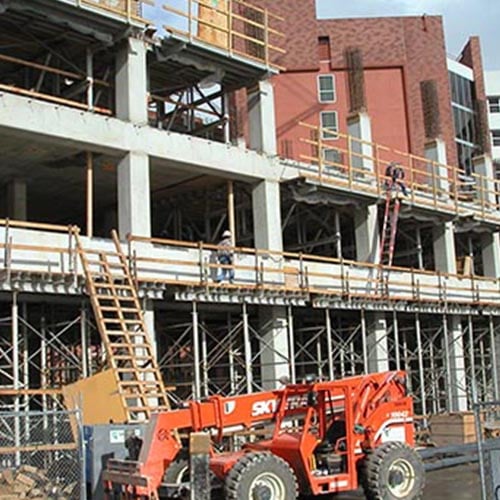
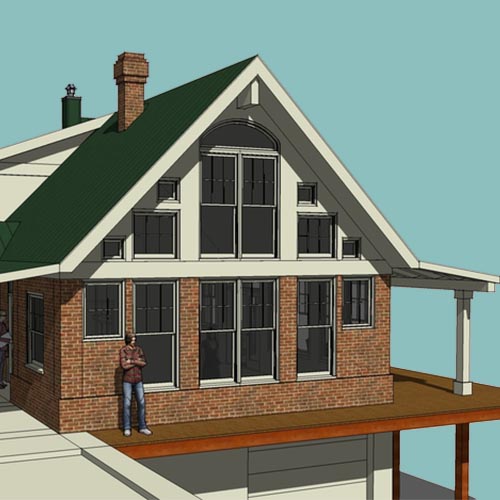
Passive House Design + MgO Panels =
The Simplus Building System™
| PASSIVE HOUSE DESIGN | PANELIZATION |
|
|
Passive House Explained in 90 seconds - Video
A Passive House designed building is truly energy efficient, comfortable, and affordable. These buildings typically achieve heating and cooling related energy savings up to 90% compared to a typical building. Such is accomplished by:
- Proper Insulation
- No Air Leakages
- No Thermal Bridges where heat can leak out
- Proper Windows & Doors
- Ventilation with Energy Recovery
- Proper Orientation to the sun and proper shading
About Sweeney Architecture
EXPERIENCE + VISION = SUCCESS
EXPERIENCE, VISION AND SUCCESS
With over 40 years of experience as an architect, designer builder and panel fabricator, Tim Sweeney knows how many of the challenges facing the environment, housing and society can be met with Passive building design and MgO (magnesium oxide) structural insulated panels (SIPs). Tim is focused on providing his clients practical solutions for both private and public projects big and small. Tim offers an unmatched array of capabilities, including:
- Certified Passive House Designer, International Passive House Association
- Certified Passive House Tradesperson, International Passive House Association
- LEED Accredited Professional (AP), Green Building Council
- Certified Cohousing Facilitator
- Design Down Planning Process Practitioner
- Member and Past President of the American Institute of Architecture, Northern Nevada
- Architectural Registrations in Nevada, California, Texas, and Florida.
- Certificate Holder, National Council of Architectural Registration Boards (NCARB)
- Former General Contractor with an Unlimited 'B' license in Nevadea
Our Team
TIM SWEENEY
JAMES CROFT
ROD AESCHILIMANN
BILL JACQUES
JOHN McNEILL
TIMOTHY LORANG
Design Down Process Planning
- In-depth Workshops with Key Stakeholders
- Build Consensus
- Create a Roadmap for Success
Cohousing & Community-Building
- Client & Self-Initiated Development Projects
- Create More Functional & Supportive Living, Working, and Learning Environments
Passive House Building Design & Consulting
- Full Architectural and Engineering for projects utilizing Passive House approaches
- Minimal energy usage & GHG emissions
- Maximum comfort, health, safety, durability, & Sustainability
Building Panelization & Fabrication
- Full Architecture & Engineering services for projects utilizing Panelization technologies
- Minimized Cost & Time
- Maximized Efficiency & Performance
New Building & Retrofit Architecture & Construction
- Complete Design & Construction (Turn-Key) Services using the Simplus Building System
- A combination of the two most efficient and effective building approaches
- Maximized performance with minimal time, expense, trouble, and environmental impacts
Forensic Analysis & Presentations
- Impartial Building Design & Construction Consulting
- Claims Analysis
- Remedial Recommendations
- Dispute Resolution

William H. Jacques
University of Nevada, Reno

Joe Gabica
Washoe County School District
Tim and his staff are committed to providing his client the highest quality and value possible. He is able to balance costs with quality, quantity, and time; producing designs that are tailored to our requirements and needs.

Rod Aeschliman
Residential Life, Housing and Food Services
University of Nevada, Reno
Tim has been an advocate for new philosophy and new thinking regarding educational facilities and the educational delivery process. He has been a motivating force to convince the District to change the manner in which we develop educational programs.

Dale Sanderson
Washoe County School District

David J. Eckes
University of Nevada, Reno
Richard F. Cowan
Clark & Sullivan
In the News
On December 7th, 2023, KOLO 8 reporter Taylor Burke interviews Tim Sweeney after his presentation to the AIA Q4 CEU Luncheon entitled "Before It's Too Late: Let's Start Building What's Really Needed to Reverse Climate Change!"
This report aired on KOLO 8 Newsnow. You can download the slides from the presentation here.
This course gives an overview of how buildings generate nearly 40% of the Greenhouse Gases (GHGs) produced every day in the U.S. and how Climate Change is an existential threat. It shows the critical need for more sustainable building solutions and how Architects can design to help reverse Climate Change. It also raises the questions: If we know better, then why are we still designing so unsustainably? Isn't that irresponsible, both to the client and to the environment?
Latest Blogs from Tim Sweeney's Blog
2024 IMPEL Innovator and entrepreneurial cohort
Member of the American Institute of Architects
Certifications
Q. What are the benefits of living or working in a Passive House building?
Passive House buildings provide many benefits to occupants and owners. Its well-insulated enclosure keeps indoor air temperatures comfortable year-round while reducing the energy used for heating and cooling by up to 90%. These dramatic energy savings makes operation and maintenance much more affordable and protects people from price shocks. There are no drafts and provides excellent thermal and acoustic comfort. It is a safer and more resilient building in extreme weather & storms, allowing you to shelter in place until the utilities resume operation. It is a healthier building with lower incidents of allergies and asthma because the ventilation system supplies filtered fresh air while exhausting the stale air, continuously removing indoor pollutants and preventing outdoor pollutants from entering. Passive House ensures fundamental high performance for all people.
Q. Do certain populations benefit more from Passive House than others?
While everyone can benefit from PH improvements, it can be especially meaningful for low-income communities for several reasons: (1) In dozens of major U.S. cities, low-income neighborhoods are more likely to be hotter than their wealthier counterparts, which can have dire and sometimes deadly health consequences; (2) Poorer communities tend to be exposed to higher concentrations of air pollution compared to richer communities; and (3) High energy utility costs can have significant negative economic and health consequences for low-income families. Energy cost burden (defined as paying more than 6% of income towards energy costs) disproportionately affects low-income individuals. One study found that 78% of families earning below 200% of the Federal Poverty Line (FPL) were energy cost burdened. Building to PH standards can help address all three of these issues (more stable indoor temperatures, improved air quality, reduced energy costs), resulting in a better quality of life and cost savings for low income individuals.
Q. What climates does Passive House work in?
Passive House works in all climates, from the very cold arctic, to the hot and humid tropics.
Q. Does Passive House help with decarbonization?
Yes, building greenhouse gas emissions are driven by operation energy and embodied energy. (Embodied energy is the energy consumed by all of the processes associated with the building’s construction and maintenance.) Passive House is the most effective method at reducing operational energy, crushing space heating demand, and operational energy use, along with the associated emissions.
Q. How does embodied carbon factor into building to Passive House standards?
Passive House Certification does not have an embodied carbon emissions requirement. However, the Passive House methodology can (and should) support making low-to-negative embodied carbon buildings. The Passive House Network is actively supporting building teams in achieving such reductions with the PHribbon, a Passive House energy model plug-in that allows designers to actively incorporate embodied carbon emissions calculations into the design process and provide comprehensive snapshots of a building’s potential climate impact.
Q. Is Passive House just a residential standard or can it be used for commercial, industrial or mixed-use buildings too?
PH design standard is flexible, and can be applied to any building or size. In addition to varied materials, and mechanical systems, completed certified projects are not just residential and include a hospital, assisted living, car dealership, textile factory, a dentist’s office, schools, dormitories and more.
Q. Are there any construction types that can’t be built as Passive? Can I build a wood frame building if building Passive?
Passive House is performance based, and not prescriptive, therefor Passive House buildings can use any construction type and cladding.


